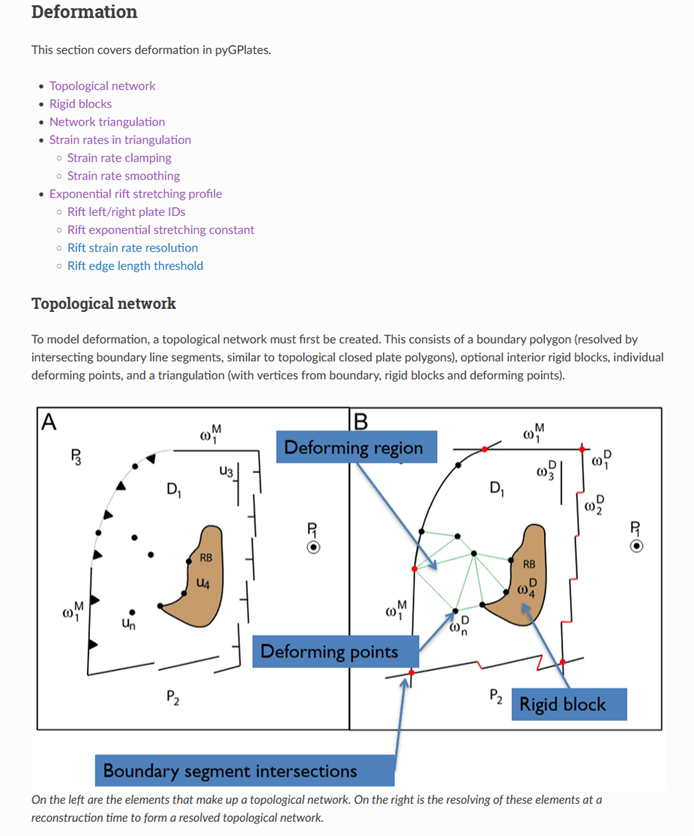We’re pleased to announce the release of pyGPlates 1.0.
PyGPlates enables access to GPlates functionality via the Python programming language.
PyGPlates can now be installed using conda or pip. Please see the installation instructions in the pyGPlates documentation.
Note: The old method of manually installing pre-compiled binaries is no longer supported (that’s now handled by conda and pip). But older versions of pyGPlates can still be found on the download page.
Find out what’s new in this release.
PyGPlates documentation and tutorials are available.
The video shows the evolution of dilatation strain rates in SE Asia over the last 40 Ma with convergence/divergence arrows along subduction zones and mid-ocean ridges. You’ll find the jupyter notebook that was used to make this video here:
![]()

